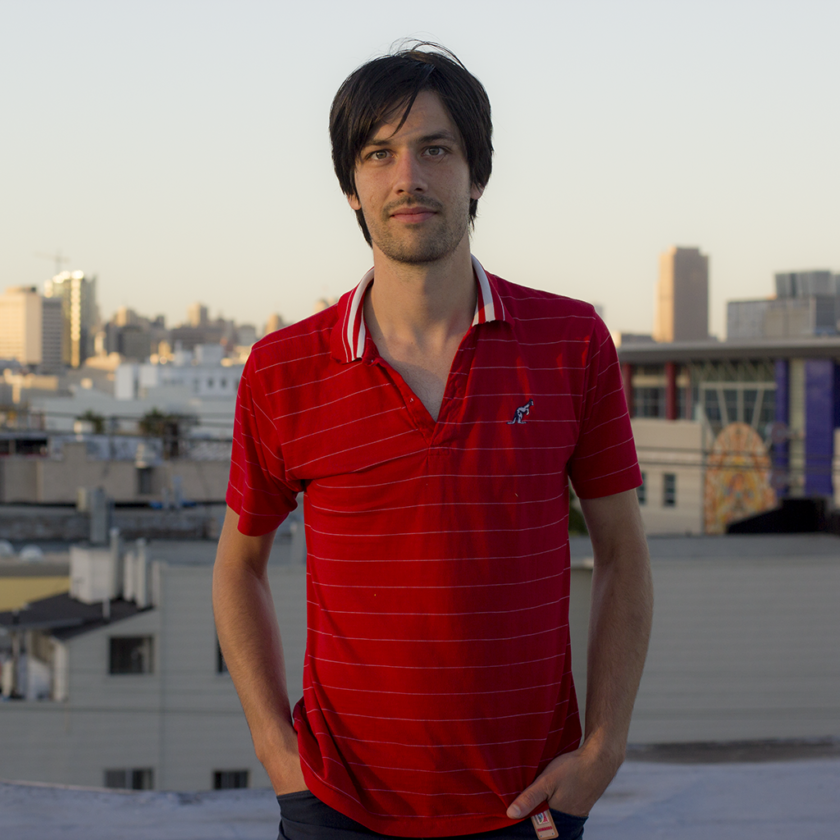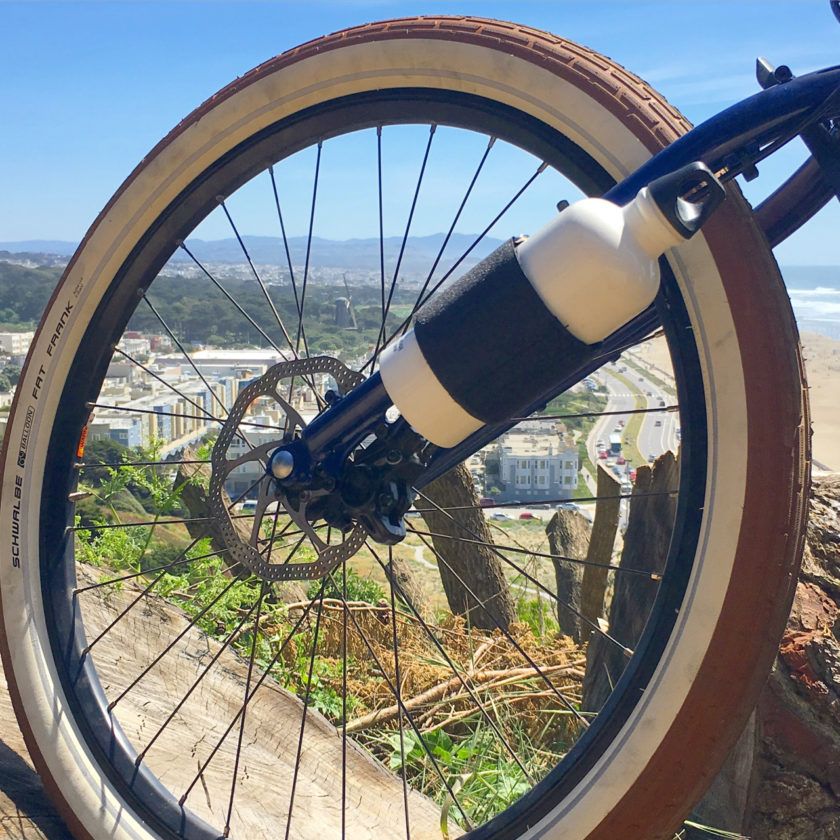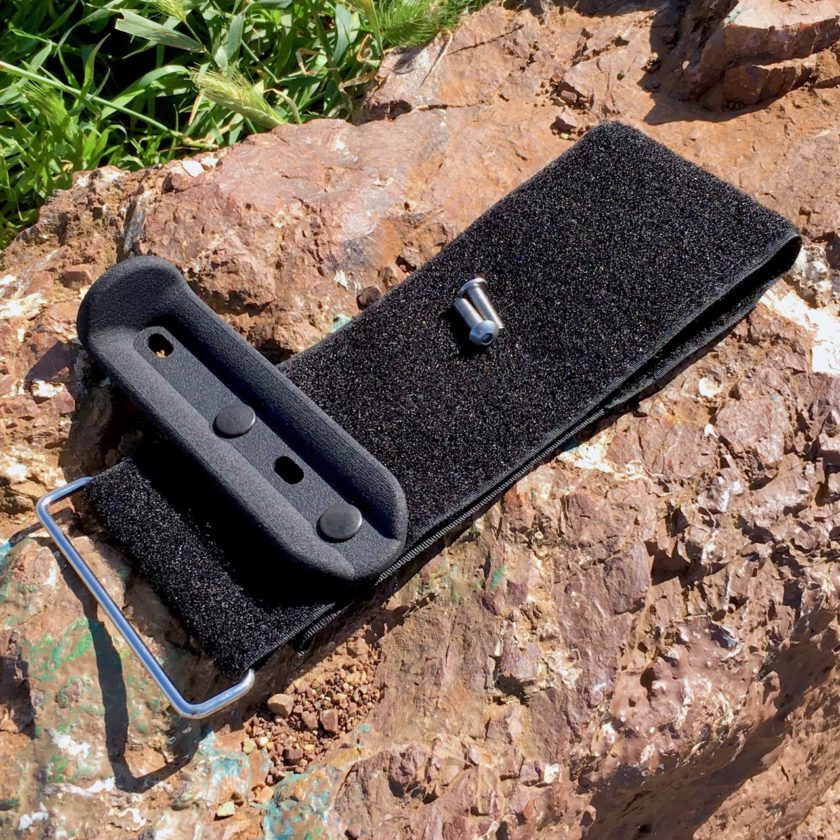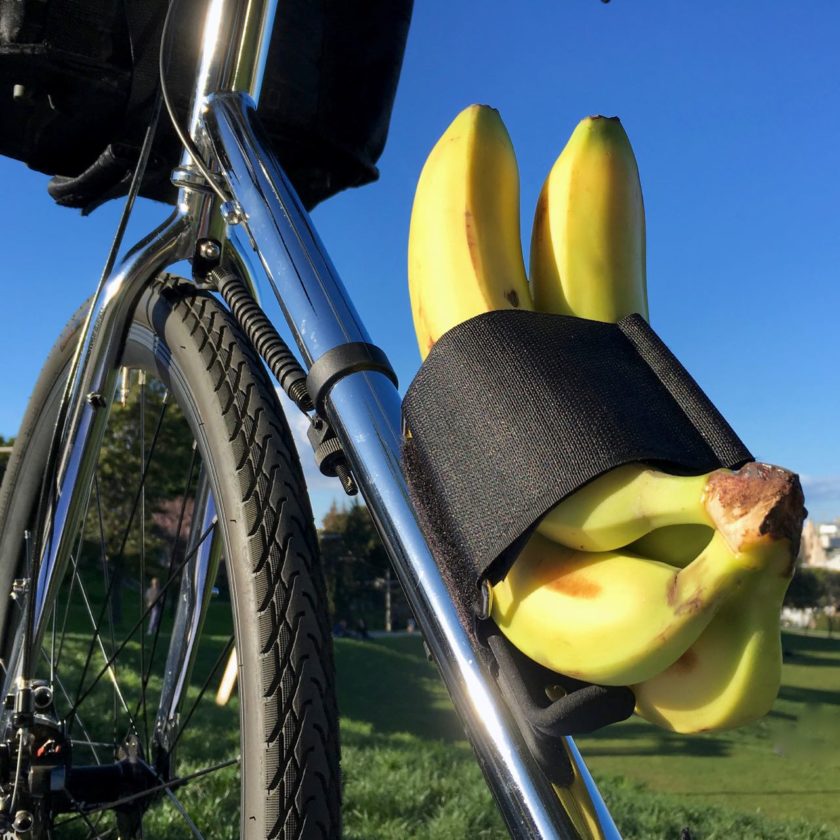Jonathan Gaull created the Bike Strap, which lets cyclists carry all sorts of things beyond a water bottle He is also a cofounder of Bike Pretty, which sells clothes and accessories “for people who want to look as good as they feel while riding their bikes.“
Here, Jon talks about being an entrepreneur and how Shapeways has allowed him to grow his business.
How did you get involved with bicycles?
I started riding a bike when I was in college, getting to and from class. I never really liked going out on long recreational rides, but I found I loved riding to get somewhere.
In 2010 I moved to San Francisco, where I met my wife, Melissa. Our mutual love of bikes and disregard for authority has always been at the core of our relationship.
After spending a few years working as a designer and programmer in the games industry, I decided I couldn’t handle working for the man. After 6 or 7 years of biking to work, it was obvious that the typical bike commuter puts up with a lot of crap. Not all of that crap can be solved with clever, mass-producible products, but piles of it can be. So my wife and I cofounded Bike Pretty, and began to take shape.
How has the design of the Bike Strap evolved?
The first Bike Strap was just an off-the-shelf hook-and-loop strap holding a Bluetooth speaker to the top tube on my bike. It worked terribly. But I learned a ton about the problem without spending much time or money, and kept ruminating on the idea.
The first breakthrough came when we added a bottle cage mount to the Bike Strap improve stability. Early versions were the result of a brutal massacre of several off-the-shelf bottle cages with my Dremel. The new design was better, but still terrible.
It was around this time that a friend of mine showed me Shapeways. Soon after, we replaced my bottle-cage amputees with White Strong and Flexible Plastic delivered to my doorstep.
We finally made something resembling the current version when we upgraded to a three-inch-wide hook-and-loop strap. The new design redistributed the load being carried, which increased capacity to five pounds as well as taking object stability to a whole new level. We love it so much that we also sell Just the Strap.
Do you still work in 123D Design? Or have you moved on to more sophisticated 3D modeling software?
We are insanely lucky to have two uberfans who are experts in mechanical engineering and mass-produced injection molded parts. They are financing the next phase and making the necessary tweaks for mass production. They are way more knowledgable than I am, so I defer to their superior brains and software with all matters engineering-related.
But I still mess around in 123D when I have an idea I want to test since it’s ridiculously quick to make something functional.
As your Bike Strap operation expands, will 3D printing be replaced by other manufacturing processes?
The next step for the Bike Strap is selling through local bike shops and other resellers. To achieve this we need to bring down costs. Switching to injection molding is the most efficient way to do that, so we probably won’t be using a Shapeways-made bracket as a component in the Bike Strap for too much longer.
That said, the Bike Strap isn’t just a plastic bracket and a hook and loop strap. It’s also the manufacturing process necessary to consistently produce a high Bike Strap. To achieve this we use tooling made by Shapeways. Our tool is able to attach a hook and loop strap to a plastic bracket with sub-millimeter precision and costs about $25. So we expect that Shapeways will play a role in every Bike Strap made for many, many more units.
How has your experience expanded your sense of what’s possible?
Starting a business is hard. Melissa and I put everything we had into Bike Pretty and didn’t see returns for years — all while rent in San Francisco was skyrocketing. We were broke as a joke. Having powerful, simple, and inexpensive tools like 123D Design and Shapeways available meant that I could still pay rent without giving up on my dream of selling useful bike stuff.
The funniest part is that we thought the Bike Strap would take only three months to go from idea to ready for sale. In reality it took three years, dozens of redesigns, and thousands of miles of test riding. But we were patient, and the end result is a simple design which works great.
To me, the disruptive power of 3D printing is its capacity to reduce the upfront cost of making a commercially viable product. Gone are the days where the phrase “it takes money to make money” applies to many types of manufactured products. Stick it to the 1% and get your next idea off the ground using Shapeways!
You can order a Bike Strap (or Just the Strap) directly from Jon’s company Modeo.






